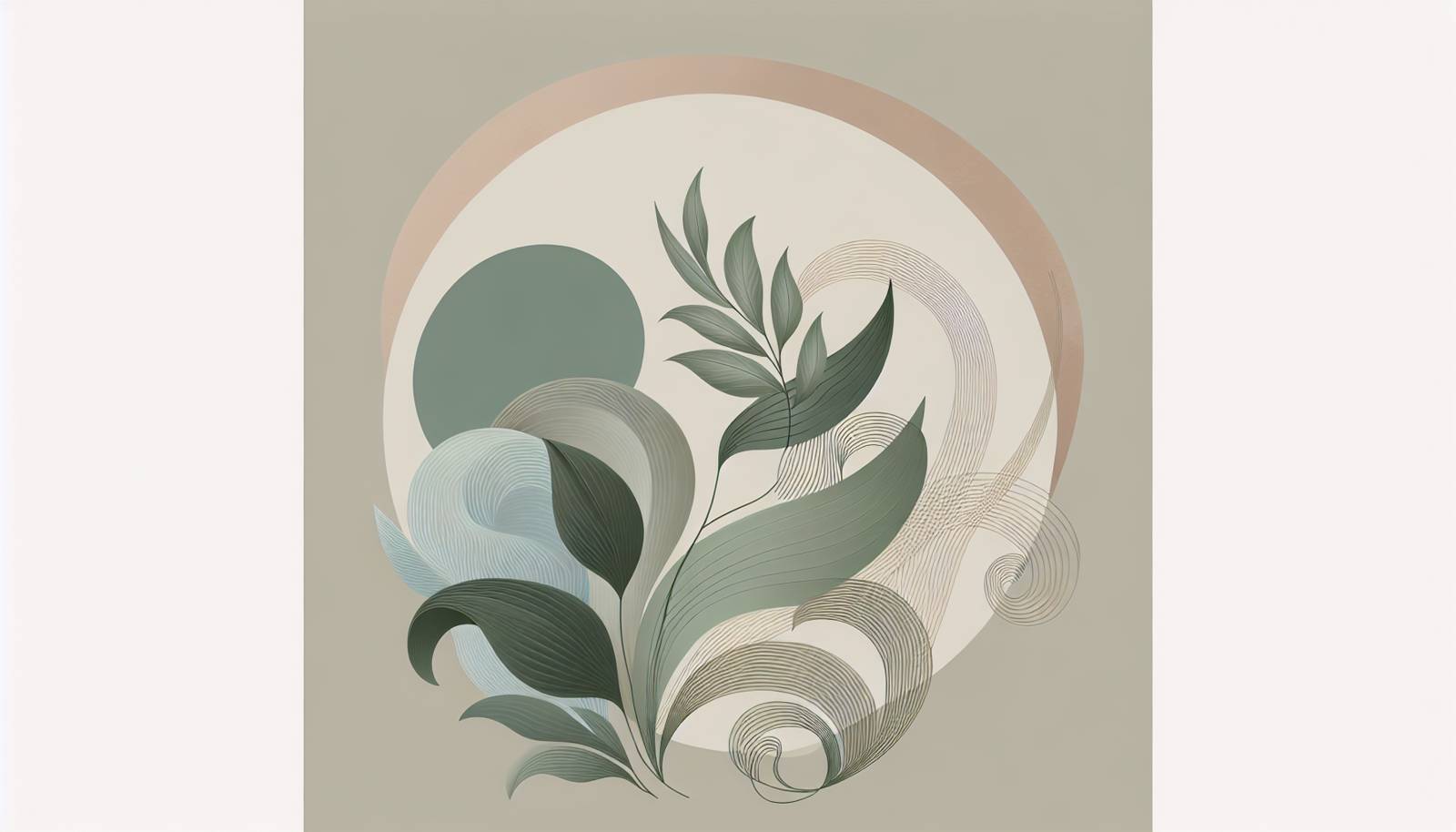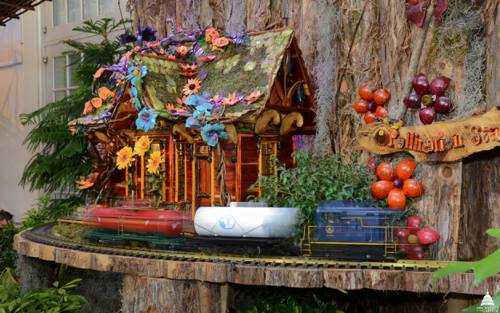
FAQ About Indoor Plant Pollination Strategies

What are some common methods of pollinating indoor plants manually?
Manual pollination for indoor plants can be done in several ways, including using a small brush or cotton swab to transfer pollen from the male part to the female part of the flower. This method is particularly effective for plants like tomatoes and peppers. Another technique involves gently shaking the plant to mimic the action of wind, which can help distribute pollen. Choosing the right method depends on the type of plant and its specific pollination requirements.

Why is pollination important for indoor plants?
Pollination is crucial for indoor plants because it leads to the production of seeds and fruit. Without proper pollination, fruit-bearing plants will not produce the fruits or seeds that are often desired in gardening. For ornamental plants, pollination can also enhance flower production and longevity. Therefore, understanding and applying effective pollination strategies is essential for healthy plant growth and fruit yield indoors.

Can indoor plants be pollinated naturally without human intervention?
Yes, some indoor plants can be pollinated naturally without direct human intervention, primarily if they are situated in environments that attract natural pollinators like insects. However, since indoor settings often limit access to these natural elements, manual pollination or the use of small fans or open windows to promote air circulation can enhance the chances of successful pollination.

Which indoor plants require manual pollination?
Some common indoor plants that often require manual pollination include tomatoes, cucumbers, peppers, and certain types of squash. These plants usually have separate male and female flowers or need assistance in pollen transfer to achieve fruitful production, as the indoor environment may lack natural pollination agents.

How does the use of fans aid in indoor plant pollination?
Fans aid in indoor plant pollination by promoting air circulation, which can simulate the natural action of wind. This movement can help disperse pollen more efficiently across flowers, particularly in self-pollinating plants. Furthermore, the airflow created by fans can help prevent the stagnation of moisture around plants, reducing the risk of mold and mildew that can negatively impact pollination and plant health.

What role do pollinators play in indoor plant pollination, and how can they be attracted?
Pollinators such as bees, butterflies, or even hoverflies play a crucial role in helping with the transfer of pollen from one flower to another, leading to successful pollination. For indoor plants, attracting pollinators can be done by placing aromatic plants or herbs like lavender nearby, or by ensuring that windows and doors are occasionally open to allow these beneficial insects access.

Can artificial lights impact the pollination of indoor plants?
Yes, artificial lights can impact the pollination of indoor plants by influencing blooming cycles. Some plants rely on specific light conditions to trigger flowering. Providing adequate light intensity and duration using artificial lights can enhance the flowering phase and promote successful pollination. Choosing the right type of light, such as full-spectrum LED grow lights, can be particularly effective in supporting this process.

What environmental conditions support indoor plant pollination?
Optimal environmental conditions for indoor plant pollination include adequate light, appropriate humidity levels, and good air circulation. Maintaining a stable temperature is also essential, as extreme fluctuations can hinder the pollination process. Regular watering, without causing waterlogged soils, supports the plant's health and aids in flowering, which is critical for pollination.

How can cross-pollination be facilitated in indoor gardens?
To facilitate cross-pollination in indoor gardens, multiple plants of the same species or compatible species should be placed near each other. Hand pollination using a brush or cotton swab can aid in transferring pollen between different plants. Moreover, providing conditions that attract insects or installing small indoor fans can help distribute pollen across flowers, mimicking outdoor conditions.

What are common misconceptions about pollinating indoor plants?
A common misconception is that indoor plants do not need pollination, which is not true for many fruiting and flowering species. Another misconception is that manual pollination is always complicated, whereas many techniques are straightforward and can be performed using simple tools at home. Additionally, some believe that all indoor plants will naturally self-pollinate, but this varies significantly across plant types.

Is it possible to over-pollinate indoor plants, and what are its effects?
Over-pollination is generally not a concern for indoor plants. However, excessive handling of flowers during manual pollination might damage the plant tissues or flowers, leading to reduced plant health or flower performance. It’s important to perform pollination gently and not excessively, ensuring the plants are adequately supported in their growth and reproductive processes.

How does temperature influence the pollination process in indoor plants?
Temperature plays a critical role in the pollination of indoor plants by affecting flower development and pollen viability. Most plants have an optimal temperature range for pollination, and deviations can hinder this process. For instance, extreme cold can slow growth and delay flowering, while excessive heat may dry out pollen or cause plants to enter stress. Maintaining a stable, suitable temperature is essential for successful pollination indoors.

What tools are needed for manual pollination of indoor plants?
Manual pollination often requires simple tools such as a small paintbrush or a cotton swab to transfer pollen. Other useful tools can include tweezers for precise handling or magnifying glasses for better flower detail observation. Having a basic understanding of the plant's floral anatomy is also essential to know which parts to target during manual pollination.

Can scented candles aid in attracting pollinators indoors?
Scented candles can simulate the attractive scents of flowers and may help in drawing indoor pollinators like bees and insects if windows are open. However, reliance solely on scented candles is not recommended due to potential side effects from smoke and soot. Instead, using natural aromatic plants is a healthier and more sustainable method to attract pollinators indoors.

What are some signs that an indoor plant needs more effective pollination?
Signs that an indoor plant may require more effective pollination include poor fruit set, undeveloped seeds, or a lack of flowering despite healthy vegetative growth. Inconsistent fruit size and deformities can also indicate inadequate pollination. When these signs are observed, reviewing and adjusting the pollination strategy may be necessary to improve outcomes.

How can the layout of an indoor garden affect pollination success?
The layout of an indoor garden can significantly impact pollination success by influencing airflow, light distribution, and accessibility for pollinators. Plants should be spaced adequately to allow good air circulation and placed where they can receive ample sunlight. Grouping compatible species together can enhance cross-pollination opportunities, particularly for self-incompatible plants.

What are the benefits of using bee hives or insect hotels indoors for pollination?
In urban indoor settings, installing small bee hives or insect hotels can help maintain an active population of pollinators. These structures provide a habitat for insects like solitary bees that are effective pollinators. This approach can significantly enhance the pollination of flowering plants by mimicking outdoor environments and supporting biodiversity within indoor gardens.

How do humidity levels affect indoor plant pollination?
Humidity levels can impact the pollination of indoor plants, as both excessively high and low humidity can affect pollen viability. Too much humidity can cause pollen to clump, making it harder to spread, while low humidity may desiccate the flowers or pollen. Maintaining balanced humidity is key, often achieved through regular watering and the use of humidifiers or dehumidifiers as needed.

Can plant hormones be used to assist in indoor plant pollination?
Yes, plant hormones such as auxins and gibberellins can be utilized to facilitate pollination and subsequent fruit development in indoor plants. These hormones can stimulate growth processes, leading to increased flowering, improved fruit set, and better fruit quality. However, they should be used judiciously as part of a well-planned horticultural strategy to ensure optimal plant health and yield.

What is the impact of plant variety on indoor pollination strategies?
The variety of a plant can influence its pollination strategy, as different species or cultivars have unique pollination requirements. Some plants may be self-pollinating, while others require cross-pollination involving multiple plants. Understanding the specific needs of each plant variety can help in crafting effective manual and natural pollination strategies to ensure optimal fruit and seed production indoors.
